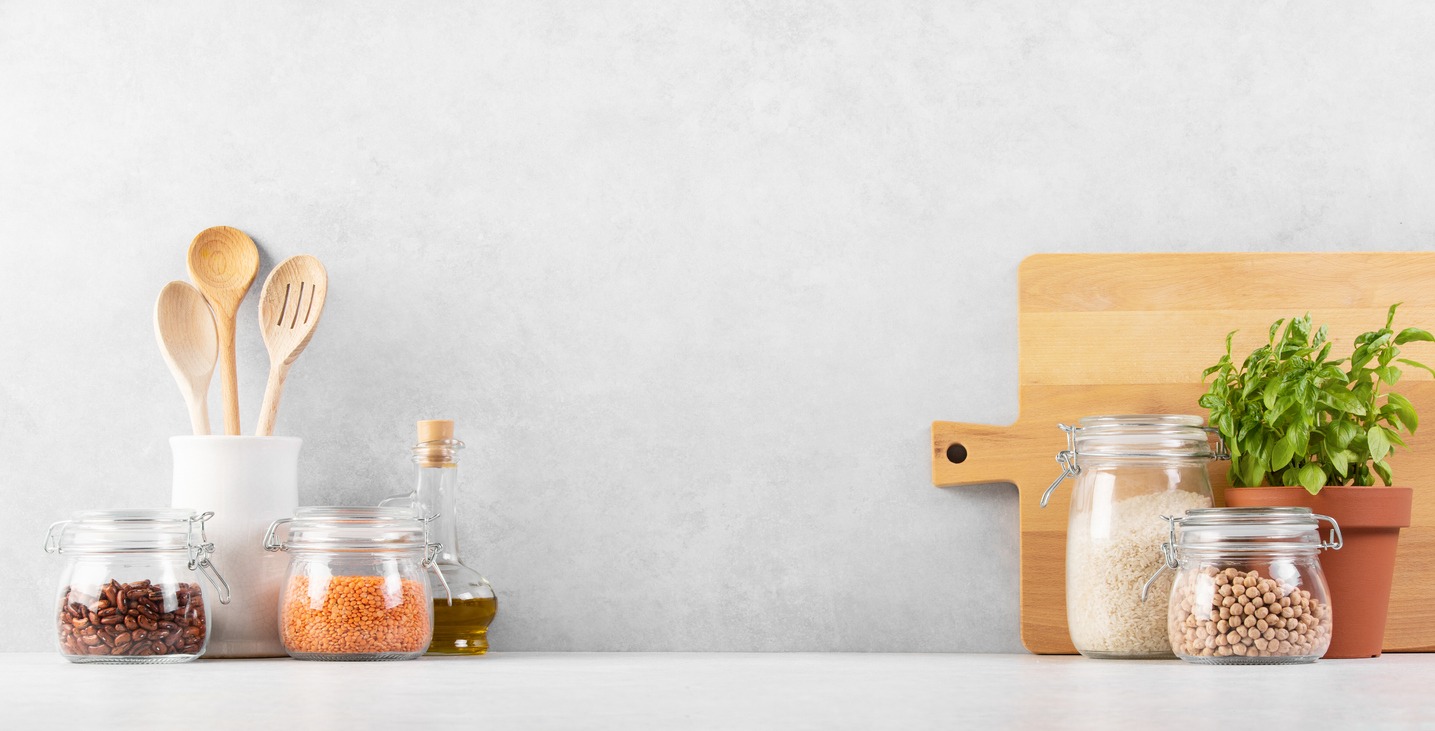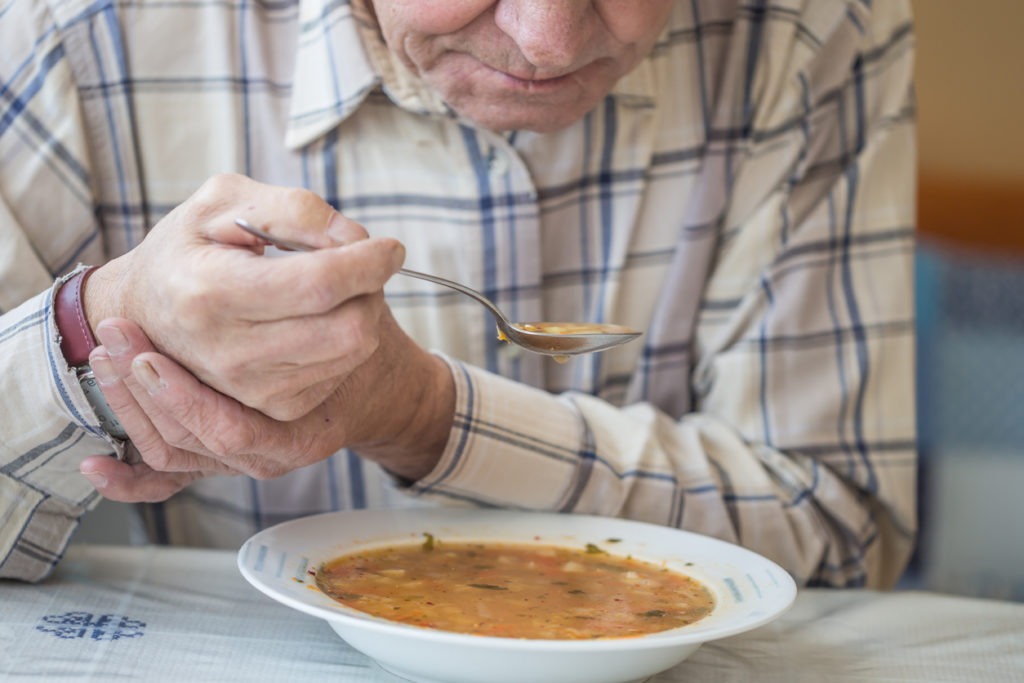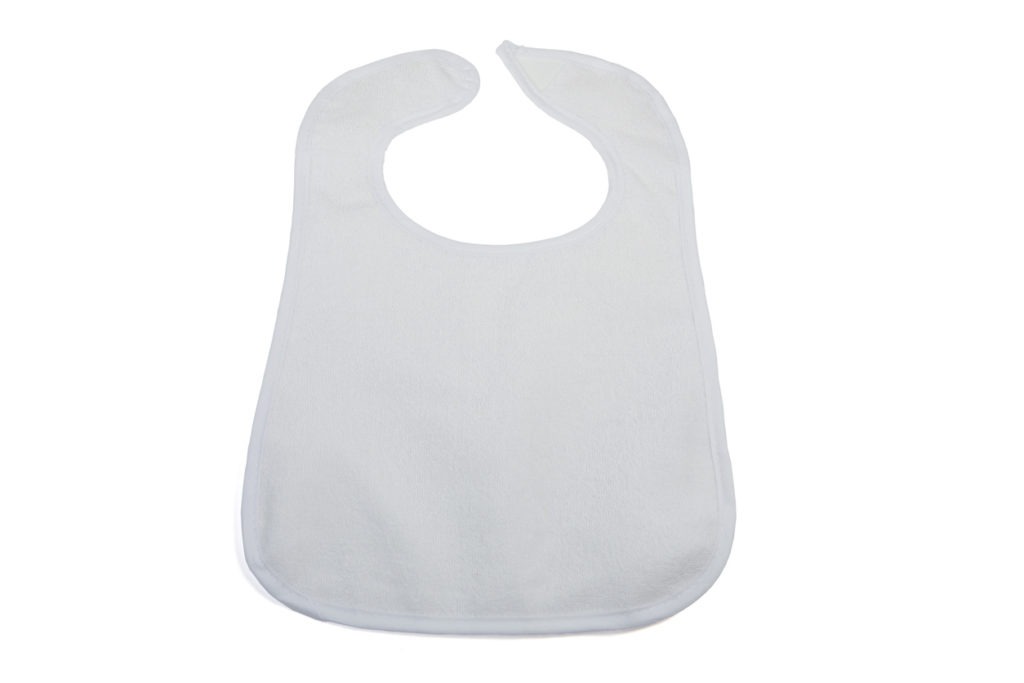Cooking requires a variety of physical motions because there are so many coordinated tasks you must complete in the kitchen. Some people are unable to coordinate their hand movements for a variety of reasons. These individuals struggle to work in the kitchen on their own, as do several other people who are classified as disabled.
Designing and producing adaptable cutlery and kitchen tools is one of the many benefits that the development and introduction of technology have brought us. You can learn more about a few of these devices that can greatly facilitate independent kitchen work for disabled people here.
Adaptive Kitchen Tools for Disabled
For people with mobility, dexterity, or flexibility issues, kitchen and feeding aids are crucial tools. If you have weaker hands, for example, kitchen tools for disabled people may make using regular utensils simpler.
1. Adapted Cutlery
Knives, forks, and spoons that have been modified for people with weak grips or limited ranges of motion are referred to as adapted cutlery. Adapted cutlery is available for the elderly and other people whose health makes it difficult to use standard knives and forks. At mealtimes, using knives and forks made for people with specific disabilities can make a big difference.
2. Bibs
Bibs in a variety of styles to keep clothing spotless during mealtimes. These are for the elderly or those with disabilities whose tremors or other medical conditions make eating messy.
3. Adapted Tongs
Those who have trouble with bilateral coordination may benefit from the spring-loaded devices. The modified tongs come in a variety of forms, dimensions, and materials and can be used to flip pancakes over a hot griddle or to improve fine motor skills. Because picking up a soft object involves determining how much strength is required to hold the object without breaking it, grading pressure can also be improved using these tools.
4. Non-slip Products
Products like non-slip mats and non-slip netting help keep things from moving around on hard surfaces. In the kitchen, bathroom, and several other places around the house, non-slip mats, and other materials can be helpful. Drinks can be prevented from slipping and spilling by using a non-slip coaster. Some people who experience hand tremors use an anti-slip mat to help them control food items while preparing meals.
Numerous kitchen tools have non-slip surfaces to keep them from moving around while cooking. a silicone pot holder/trivet that was useful for serving as a bowl’s grip surface. Cutting boards with a non-slip edge are also available, as are mixing bowls with non-slip bottoms to prevent slipping.
5. Functional Tools
These kitchen tools have a specific function and can make routine tasks simpler. For people with poor hand-eye coordination or hand strength, jar openers are useful. a can drainer that makes it simple to drain canned goods. To facilitate ease of use, utensils are available with broad or silicone handles and at various angles. A scoop with a flexible silicone back is another useful tool that makes it simple to portion sticky foods like cookie dough. You can use these specialized tools hand-over-hand until you feel confident using the device on your own.
6. Safety Cutting Tools
For the majority of cutting-intensive recipes, plastic knives are excellent. They cut the majority of fruits and vegetables, don’t have a sharp blades, and come in a variety of designs. Additionally, it can make baked potatoes, fruit salad, and dill carrots. Do not underestimate how challenging it can be to cut hard vegetables like carrots, but it is possible with practice. A plastic pizza cutter is yet another tool with a plastic blade. Despite what its name and outward appearance might imply, you can also use this pizza cutter to cut other things like sandwiches and quesadillas. It can be utilized to cut stromboli into separate servings.
7. Cups and Mugs
Standard drinking vessels are harder to control than specialized cups and mugs. For people with certain disabilities that cause tremors or a loss of fine motor control, oversized handles are ideal. For elderly people or other people whose condition makes it difficult to use a conventional mug, one option in the range is the double-handled mug. Additionally, mugs with unique lids and spouts can aid in minimizing spillage. People with disabilities or others who find it difficult to handle and use traditional mugs will benefit from special cups and mugs.
8. Adaptive Kettle Tippers and Teapots
Devices that aid in safely pouring water from kettles include adaptable kettle tippers and teapots. Wire or plastic kettle tippers are used to help users pour water from the kettle with the least amount of effort and weight. Similar to kettle tippers, it secures the teapot while pivoting forward to allow for tea pouring. For those who might struggle with balance, strength, or dexterity, it is helpful. For elderly people or others whose condition affects their strength or balance, small, lightweight kettles are a necessity.
9. Kitchen Trolleys
Food and drink can be transported easily with the help of kitchen trolleys. People who want to maintain their independence around the house but have decreased strength or mobility may find these trolleys and trays to be important. A wheeled kitchen cart has plenty of room for carrying dishes, beverages, and other items. People who might find it difficult to carry meals from one room to another or even from a worktop to the kitchen table will benefit greatly from these trolleys.
10. Lap Trays
People who want to eat or read in bed or on an easy chair will find lap trays to be very convenient. Typically, a non-slip lap tray will have a coated surface so that bowls, plates, and cups won’t slide around on it. These can be helpful daily living aids for elderly people or people who spend a lot of time in bed.
Conclusion
If you are unable to carry out your daily tasks without frequently asking for help, it is very difficult for you both mentally and physically. It depletes the person of all their self-esteem. Therefore, giving the disabled access to these adaptive kitchen tools will enable them to function better without assistance. Both their performance and their confidence will improve.



